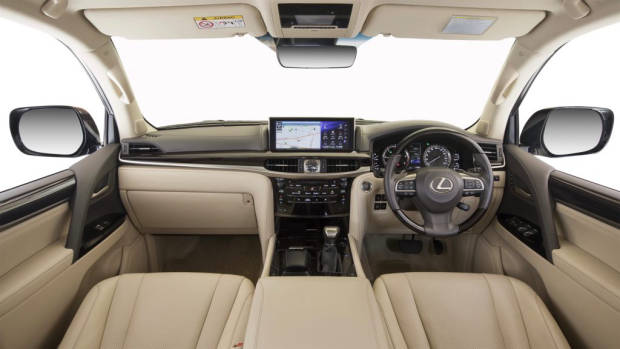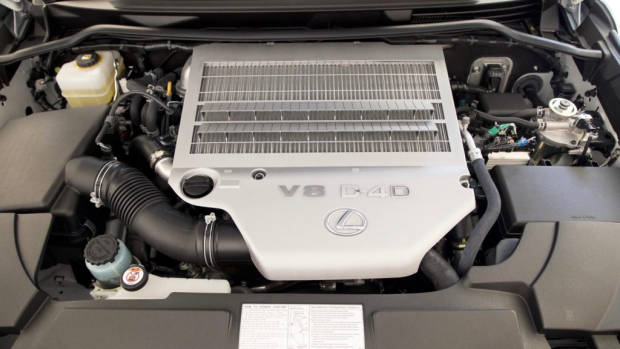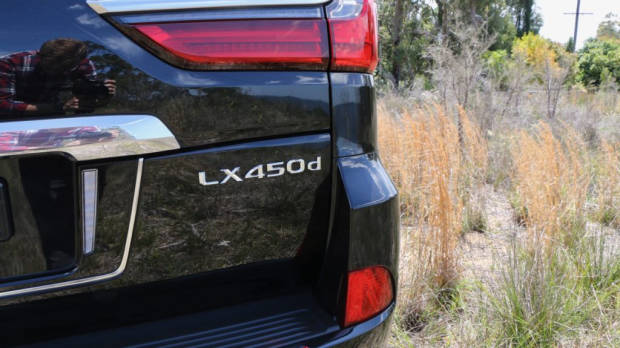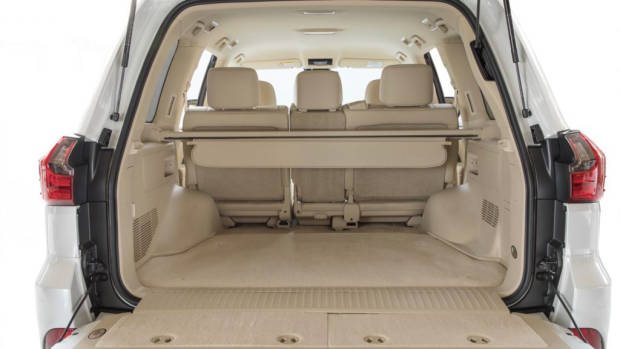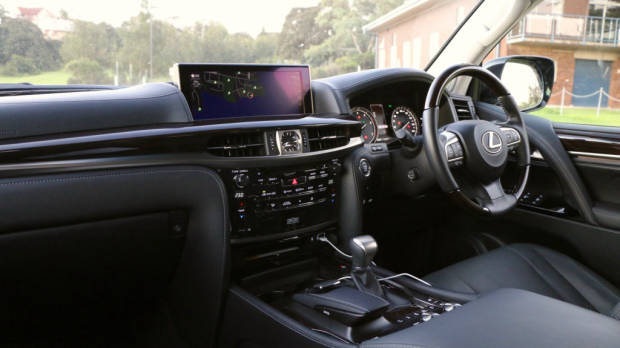-
Car Reviews
- All reviews
- Midsize SUVs
- Small cars
- Utes
- Small SUVs
- Large SUVs
- Large cars
- Sports SUVs
- Sports cars
- Vans
Latest reviews
- Car News
-
Car Comparisons
Latest comparisons
- Chasing Deals
The addition of a third row of seating is not possible on this generation of the Lexus LX diesel, with any seven seat version of the Japanese marque’s biggest SUV not arriving until a possible next generation in several years’ time.
Speaking with Chasing Cars on the launch of the new RC F Track Edition, Lexus Australia managing director Scott Thompson said that a seven seat switch “can’t be done” on the current car.
The Lexus LX, which is based upon the Toyota Land Cruiser 200 Series four-by-four, is available in Australia with both a V8 petrol engine – with seven seats – and a V8 diesel, which is limited to five seats only.
Diesel power was added to the LX lineup for the first time ever in 2018, badged LX 450d. Making use of the Land Cruiser’s popular 4.5-litre twin-turbocharged eight-cylinder engine, the diesel LX mirrors the Toyota with outputs of 200kW/650Nm sent to all four wheels through a six-speed automatic.
The biggest difference is that the Toyota comes standard with a third row while in Lexus form, space for seven passengers is limited to the petrol-powered LX 570, which uses a large 5.7-litre aspirated engine to make 270kW/530Nm.
Inherent packaging and weight issues meant several amenities from the LX 570 had to be ditched to allow the diesel LX 450d to join the Lexus range. Aside from the extra seats, these also included an opening glass sunroof, ventilation in the front seats, an on-board refrigerator, and twin entertainment screens in the second row. As a result, the diesel vehicle ($134,879, $145,378 driveaway) is around $9,000 less expensive on the road.
Mr Thompson said these specification differences were not causing the diesel vehicle any problem in the Australian market.
“It has been a success. It is a different buyer who is buying the LX diesel – they buy it for towing,” Mr Thompson said. “There is a separate buyer in the family segment buying the petrol.”
“It is two separate buyers, so there are no plans to go to seven seats in diesel.”
Mr Thompson said some LX diesel buyers upgrade from the Toyota Land Cruiser, but the relatively unique position of the Lexus as a full-size, diesel-powered luxury off-roader with a 3500kg towing capacity meant it attracted buyers from across the market.
“If you are looking for a car that is going to tow in the luxury segment, your opportunities are pretty slim,” Mr Thompson argued.
Towing capacity is equal on the petrol-powered LX 570, but the diesel engine uses considerably less fuel when loaded. The most direct rival to the Lexus LX, the Infiniti QX80 – which is based on the Nissan Patrol – is petrol-only.
There are alternative luxury diesel four-by-fours, but these generally command price premiums over the LX 450d. The Range Rover Vogue SDV8 is around $80,000 dearer on-road. The Mercedes-Benz GLS 350d is a little more affordable than the Lexus but requires dropping two cylinders and sacrificing considerable trail capability.
Despite the differences in specification, Mr Thompson detailed that the diesel is accounting for around thirty per cent of LX sales, nearly all of which were new, marginal sales rather than buyers opting out of the petrol version.
“LX is performing extremely well,” Mr Thompson said. “It was always a conversation about whether we bring in the diesel with only five seats – but it has been a success.”
Latest news
About Chasing cars
Chasing Cars reviews are 100% independent.
Because we are powered by Budget Direct Insurance, we don’t receive advertising or sales revenue from car manufacturers.
We’re truly independent – giving you Australia’s best car reviews.
